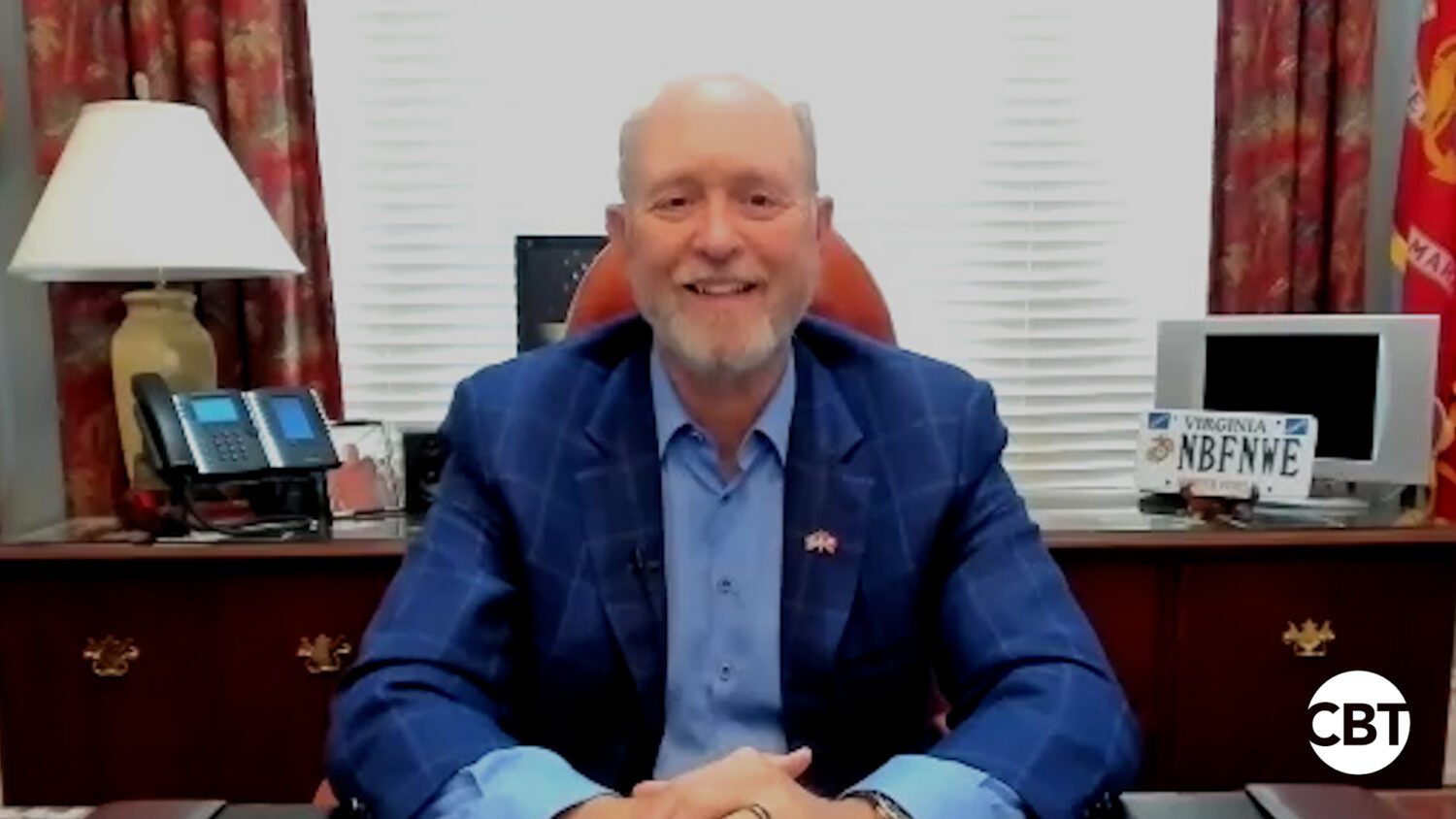Although both sides of the automotive industry profit from the other’s success, the goodwill between dealers and manufacturers is frequently marred by controversy.
Much of the conflict between retailers and OEMs originates from the opposing motives each party brings to the table. Dealers argue that automakers exploit loopholes in the system at the expense of retail profits and accuse OEMs of failing to observe the diverse needs of local markets. Meanwhile, manufacturers contend that they operate completely within the intended boundaries of the system and that franchisees are the ones refusing to see the bigger picture.
As the conflicting incentives and inadequate regulations eroded trust between both groups, transparency became nearly absent from the automotive landscape. So what options do dealers have? How can the two sides of the car market rectify this situation? In this article, we seek to answer this question by taking a look at a bill currently under review in the California legislature and how it sheds light on possible solutions.
AB 473 is a law authored by the California New Car Dealers Association (CNCDA) and submitted to the state’s New Motor Vehicle Board earlier this year. While the bill targets several issues, at its core, the legislation seeks to alter the way warranty and recall services are reimbursed.
Presently, automakers are legally required to compensate dealers for the costs of labor and parts arising from under-warranty repair. While service providers can simply bill the manufacturer for the total value of replacement components, labor is calculated differently.
OEMs reimburse the technician or retailer based on a predetermined timetable which assigns a certain number of hours for different forms of repair: labor is thus the technician’s hourly rate times the number of hours assigned in this table. Presently, automakers have sole control over these timing guidelines, and while automakers do make the numbers public, they are not required to explain how they are calculated. Furthermore, manufacturers have the freedom to change the duration at will. It is this framework that the CNCDA seeks to change in its proposed legislation. Under this system, it argues, manufacturers could purposefully underestimate the length of time needed to complete warranty work, a tactic that could save millions in the event of a recall but drastically reduce the payments mechanics would ordinarily receive.


Brian Maas, President of the California New Car Dealers Association
However, is the system actually being abused at the expense of those providing under-warranty repairs? While it is impossible to say with certainty what automaker motivations may be, evidence gathered by the CNCDA suggests an interesting connection between timetable adjustments and recalls. In a recent interview with CBT News anchor Jim Fitzpatrick, Brian Maas, the association’s president and outspoken proponent of AB 473, had this to say:
“What we found over the years is that the manufacturers are allocating less time than a job typically takes for a warranty or recall repair.”
Minutes later, he added:
“What we found anecdotally is that manufacturers frequently adjust the amount of time it takes to do a job, coincidentally, right before, after or during a recall [announcement].”
Can other dealers corroborate these observations? In a separate interview, Don Hall, head of the Virginia Automobile Dealers Association (VADA) and one of the car community’s most passionate retail leaders, shared similar sentiments:


Don Hall, President and CEO of the Virginia Automobile Dealers Association
“As we increase our hourly rate, they decrease the time in the manuals. It is not fair to the retail customer who’s not under warranty work. We’re having to make up the losses because we’re having to repair brand-new cars and losing money on them. Techs don’t want to work on them.”
The truth is that these observations are shared by many dealers and service providers. But regardless of the data, without the perception of fair pay, there is little motivation for retail businesses to support the current warranty reimbursement system. Perhaps a more important takeaway is that, regardless of what automakers have and have not done, they do possess the capacity and the incentive to abuse the system if they so choose because the system lacks transparency and oversight.
CNCDA’s bill offers a simple solution to improve the transparency surrounding warranty reimbursements. As Maas describes it, “The measure allows dealers to request allocation formulas from the OEMs.” In other words, automakers will have to show their math for how their timetables are calculated. This, he explains, removes suspicion and increases transparency for dealers and automakers.
What do automakers have to say about this solution, and what have their reactions been to AB 473 in California? While public statements on the issue are scarce, in a statement provided to CBT News, Maas reports that the OEM pushback has remained fierce. “The manufacturers strongly oppose AB 473, as they do every franchise bill introduced in California.”
In many ways, this antagonistic response makes sense, and we can easily deduce the reasons behind it. OEMs would argue that the time guidelines are publicly available information, and dealers are notified when revisions are made. Manufacturers understandably desire a system that treats them fairly and protects them from any dishonesty or mismanagement on the dealer’s part. Furthermore, publicly-traded car brands are beholden to their investors to show regular growth; taking cost-cutting measures is one way to improve profit margins. Make no mistake, recall and warranty work costs the industry massive sums of money, even under a system that retailers believe to be advantageous for OEMs. Policies that prevent overspending are a must. Finally, under the current system, nothing automakers have done is illegal, nor is it against the original intent of the law.
But, as dealers are likely to note, none of these valid reasons are actually concerned with whether or not the current warranty reimbursement system is transparent. This begs the question: does this bill address the underlying disease, or does it simply rectify a symptom?
Distrust is tangible on BOTH sides of the equation. The financial motivation exists for both parties to move the needle in their favor, even if doing so hurts their business partners. Fixing the current system with the CNCDA’s provisions will certainly make the warranty reimbursement system more honest. But sadly, no bill can effectively heal the industry’s toxic relationship. Under AB 473, Automakers may be forced to provide more accurate timetables, but without addressing the underlying reasons behind their support of the status quo, their faith in dealers is only eroded. Meanwhile, since retailers know that any behavioral changes on the side of OEMs will be involuntary, they, too, have no reason to feel any more charitable to manufacturers than they ever have. In short, legal recourse, on its own, will ultimately fail to solve the deeply rooted trust issues between both parties.
With that being said, if changing the laws is only a partial measure, what options do retailers have to improve transparency? The solution may be more simple than it seems. As noted earlier, both sides have unique needs, as they work on opposite spectrums of the industry. But even though these demands are different, they do not necessarily need to compete. By understanding the viewpoints of their business partners, retailers and OEMs can move to a point where legislation is less needed. As with any relationship, direct, upfront and honest communication is needed to repair the damage done by conflict.
During his interview, Hall touched on this idea of using conversation as a method of resolving the conflict on warranty work:
“The fact of the matter is…that the NADA [National Automobile Dealers Association] and others are working with the National Association of Manufacturers, trying to come to some conclusions and some ideas that: maybe we can work together and finally stop playing games.”
Later, he adds:
“We don’t have to do this; we can work this out as long as we’re fair to both sides.”
While Maas and the CNCDA continue to push for the adoption of AB 473, they two are well aware of the need for sincere dialogue. The association president commented: “…we have already taken several amendments to address the manufacturers’ concerns and continue negotiations with them over other contentious provisions.” Even if this example did take place in a legal setting, it too shows the strength of communication, even if it does take place in a legal setting.
President and CEO of the NADA, Mike Stanton, said much the same in his own interview with CBT News. Speaking on the conflict surrounding electrification, he noted, “…we need to see the bigger picture…we need a seat at the table to help craft that bigger picture because we all want this to be a success.”
So, how can retailers create more opportunities for constructive conversations? As with many things, strength in numbers is a vital advantage. There are more than 16,000 dealerships across the U.S., with influential associations for every region but only a handful of major car brands. The CNCDA, VADA and NADA are strong organizations that stay in constant communication with OEMs and give dealers a voice. If the thousands of storeowners, managers, association presidents or group executives were to band together and demand attention from automaker leadership, discussion would be inevitable. If you are someone looking to make a change in this business, finding and supporting others who feel the same is the best place to start.
Transparency is desperately needed across every level of the industry. Legislation is a powerful tool for forcing honesty, but it is impossible to mandate mutual respect. Without committing to open and honest communication, dealers and OEMs will only become further entrenched in their perspectives. However, by engaging with automakers fairly and supporting organizations with the resources to assist, dealers can make a profound and long-term impact.



